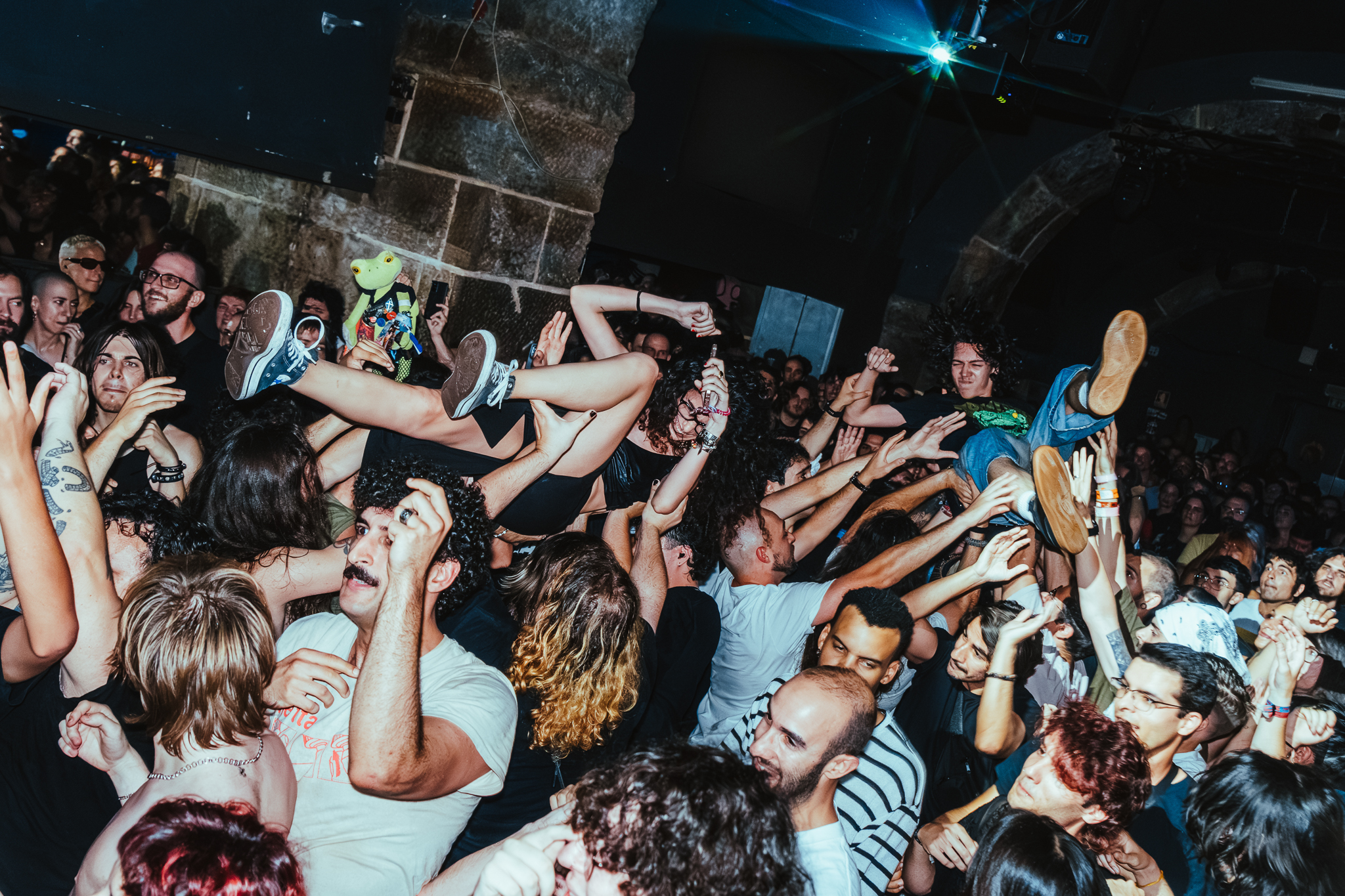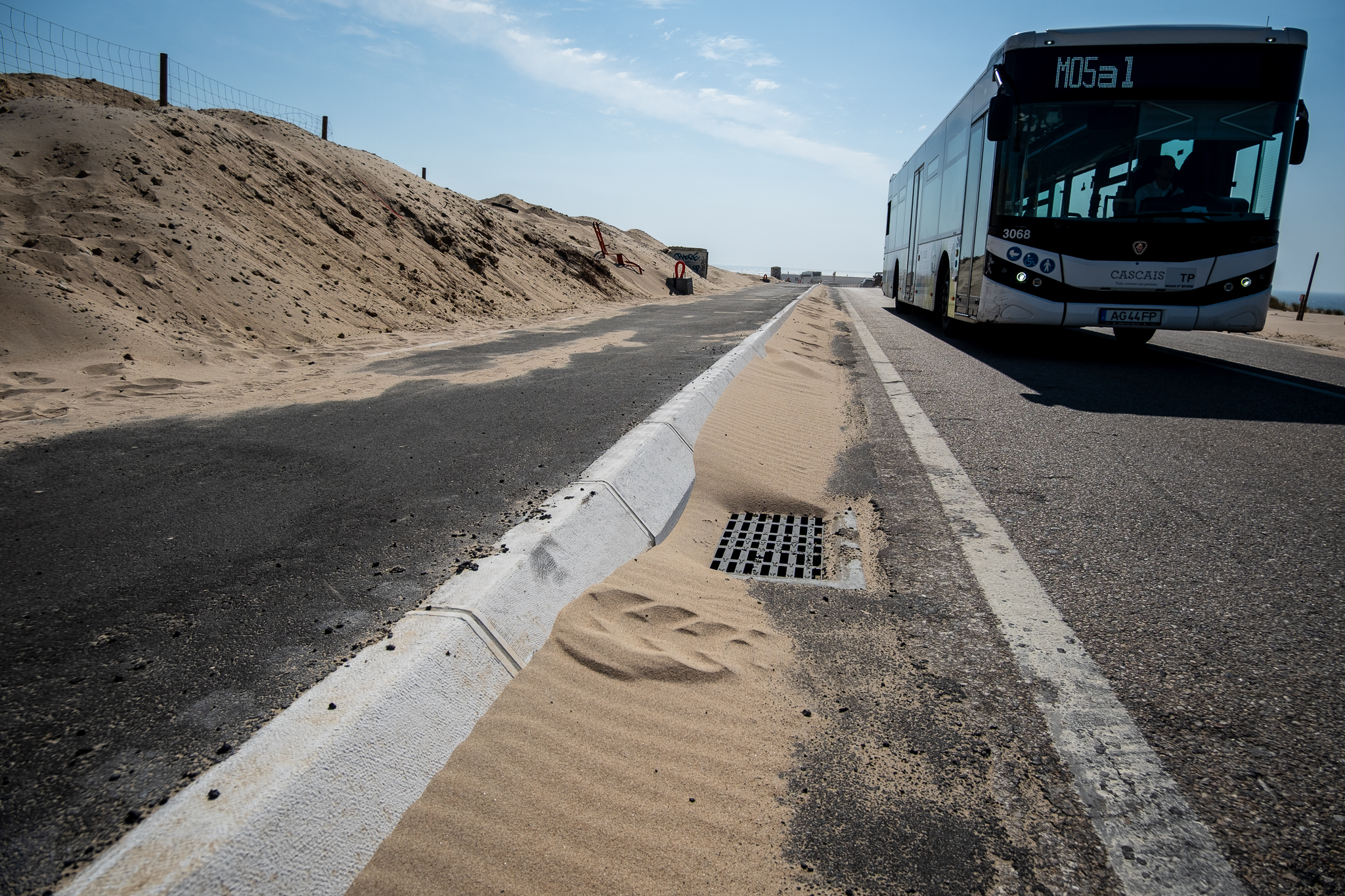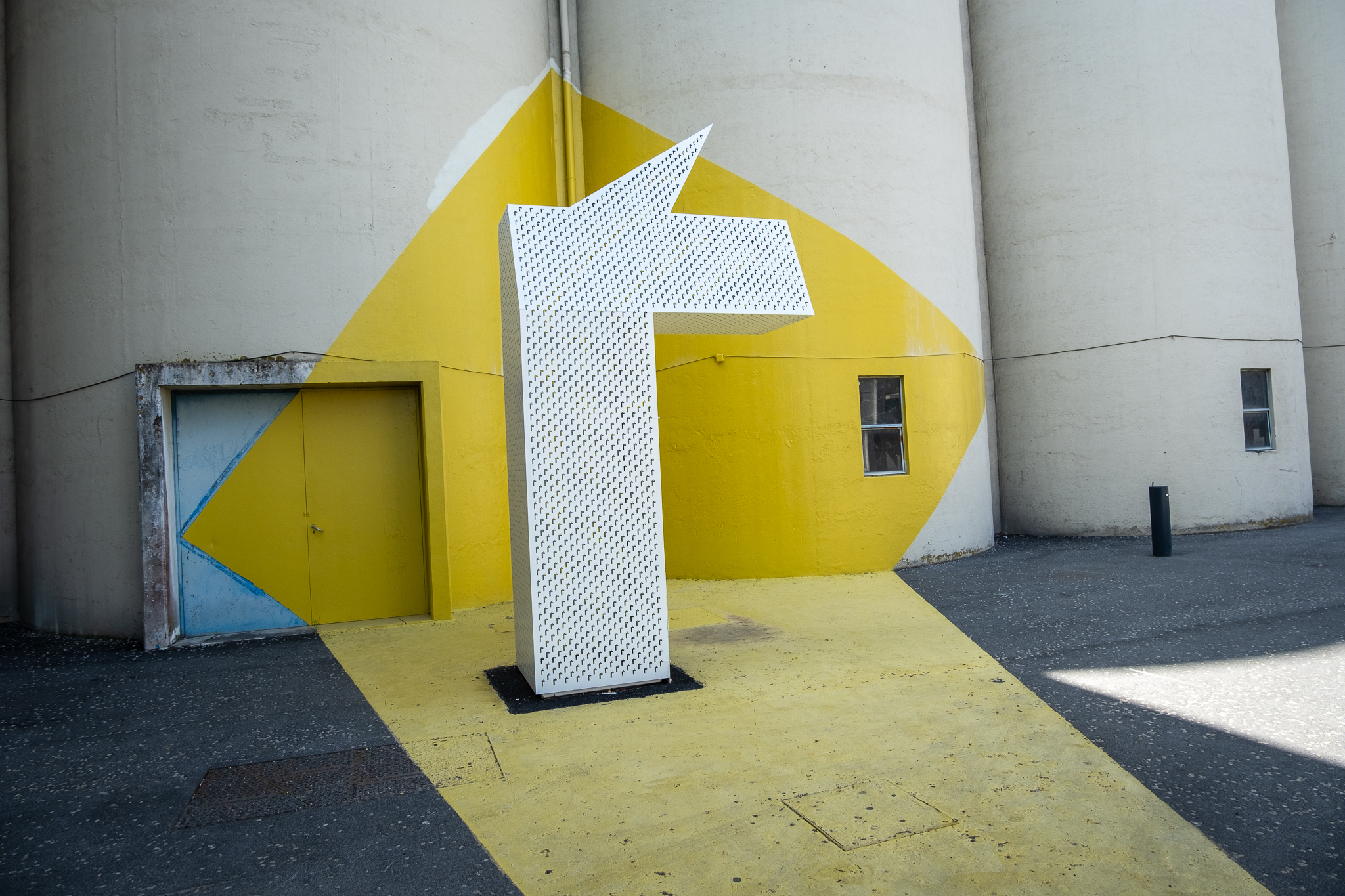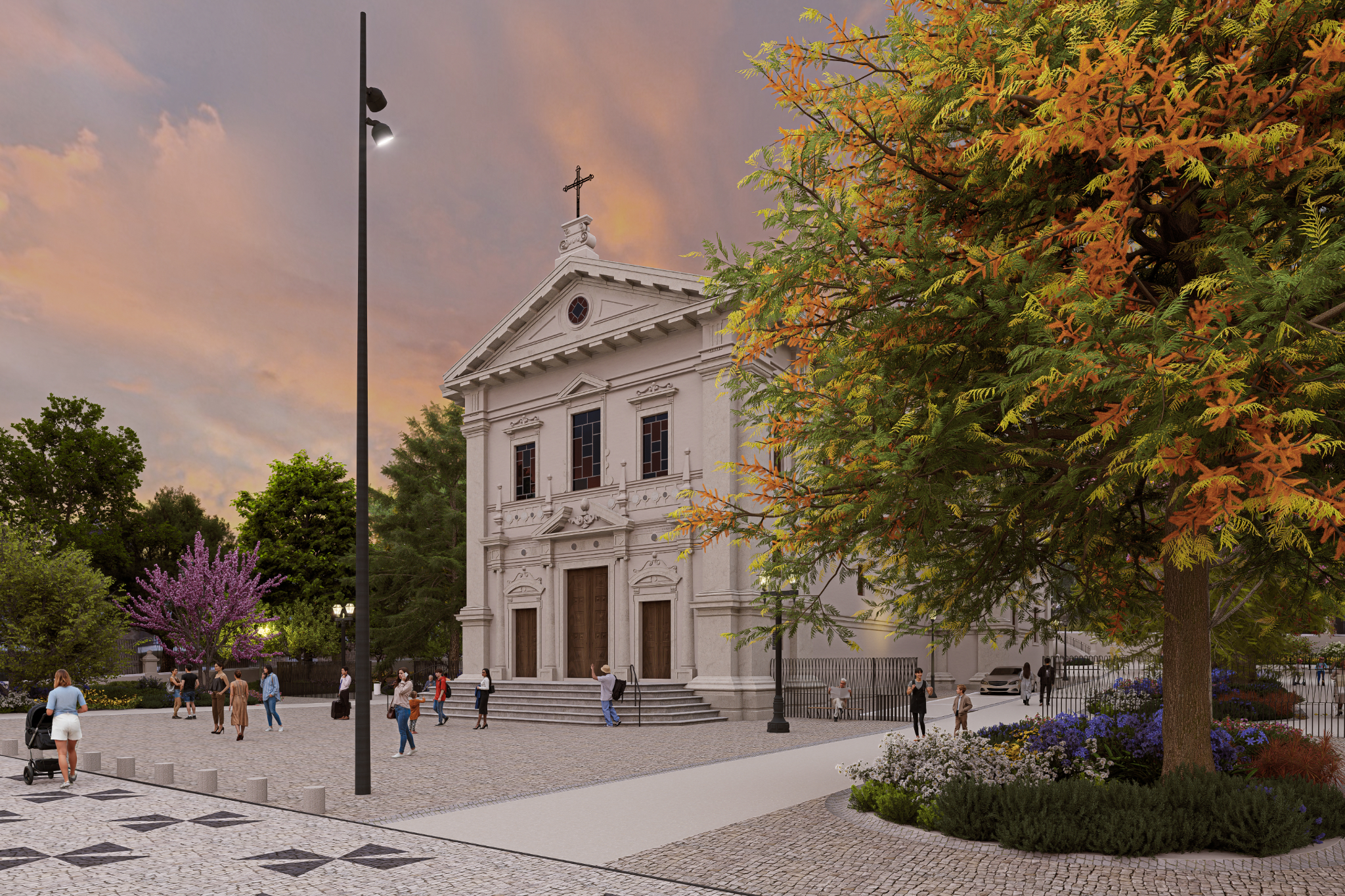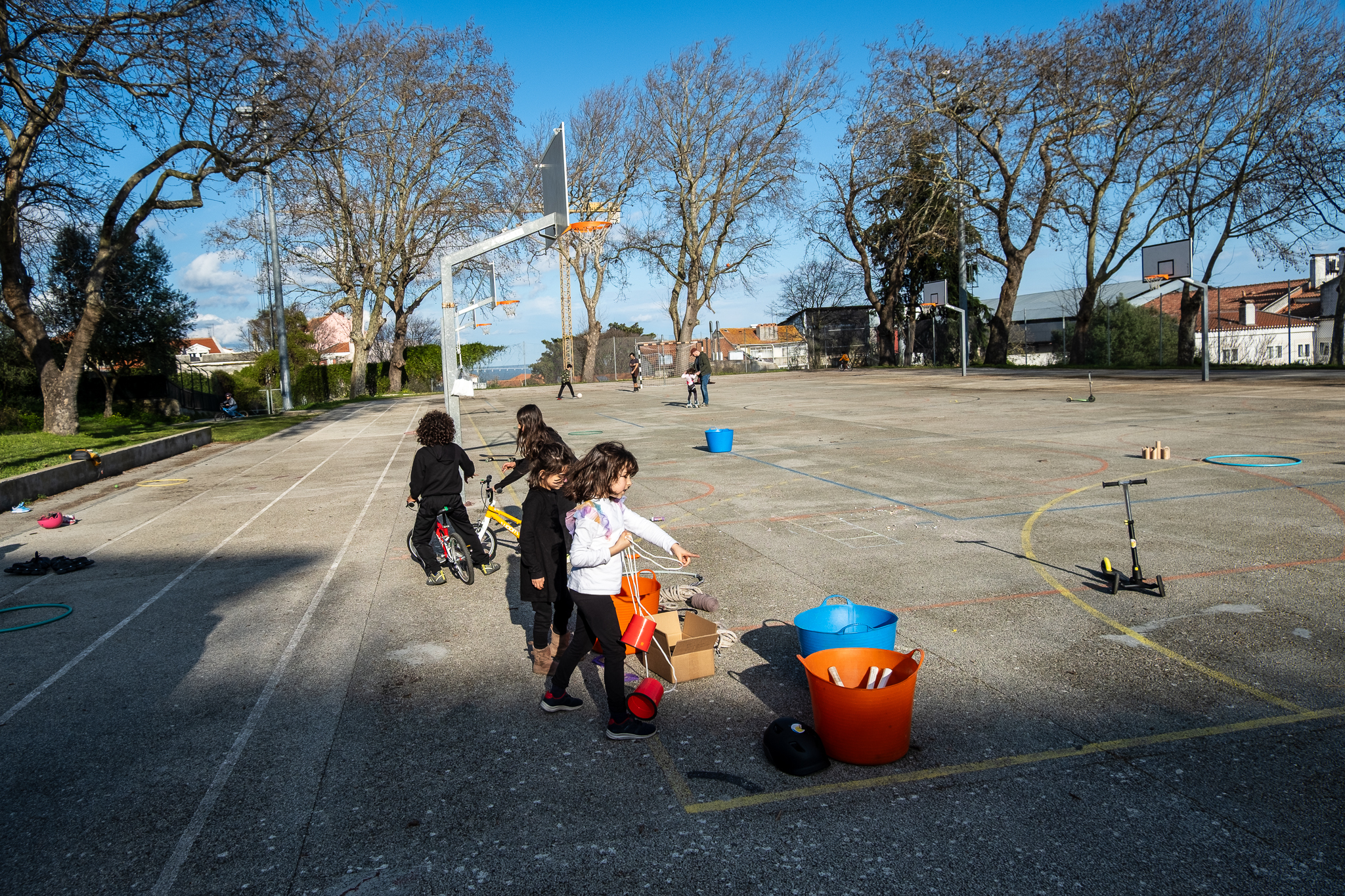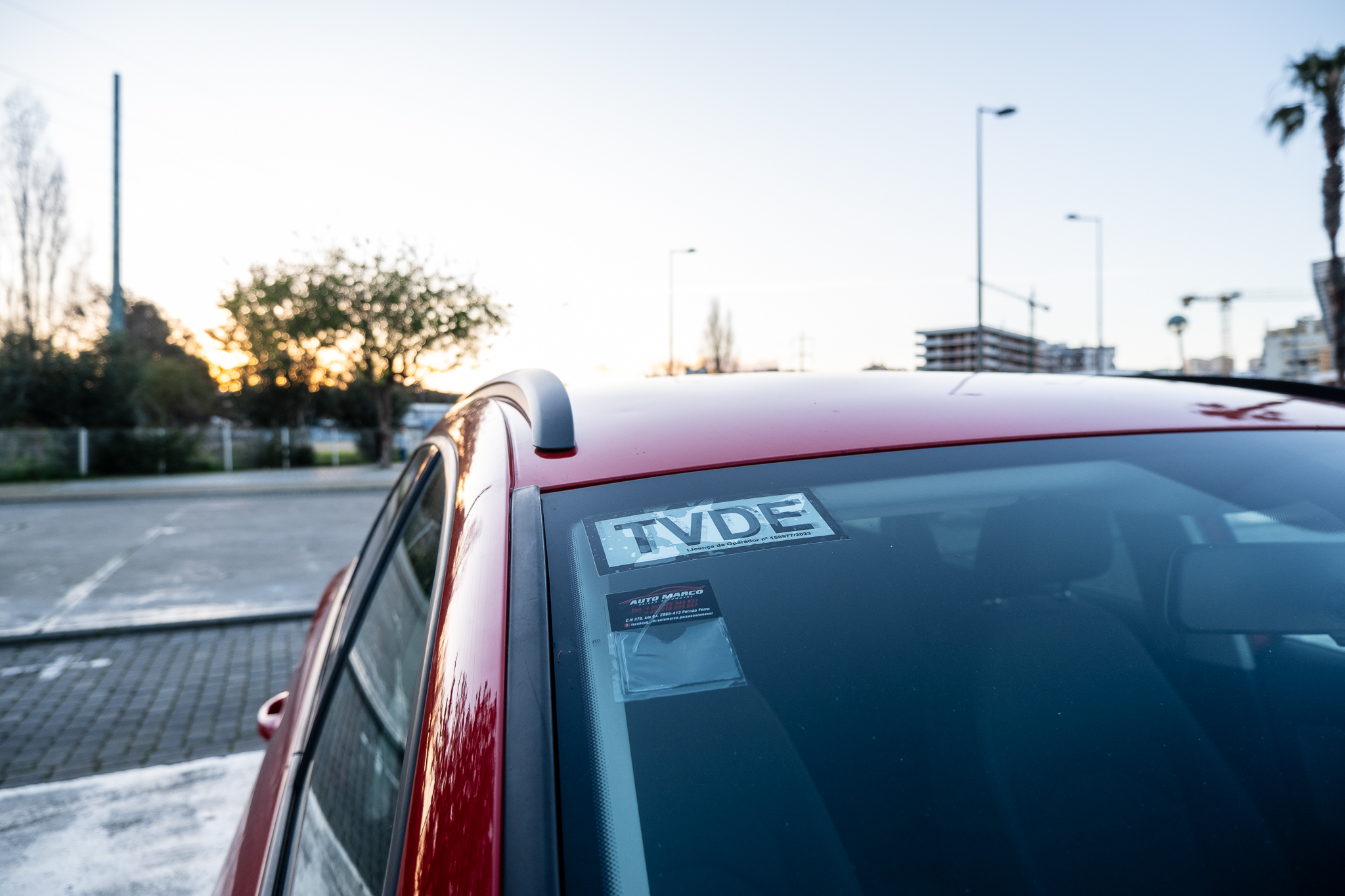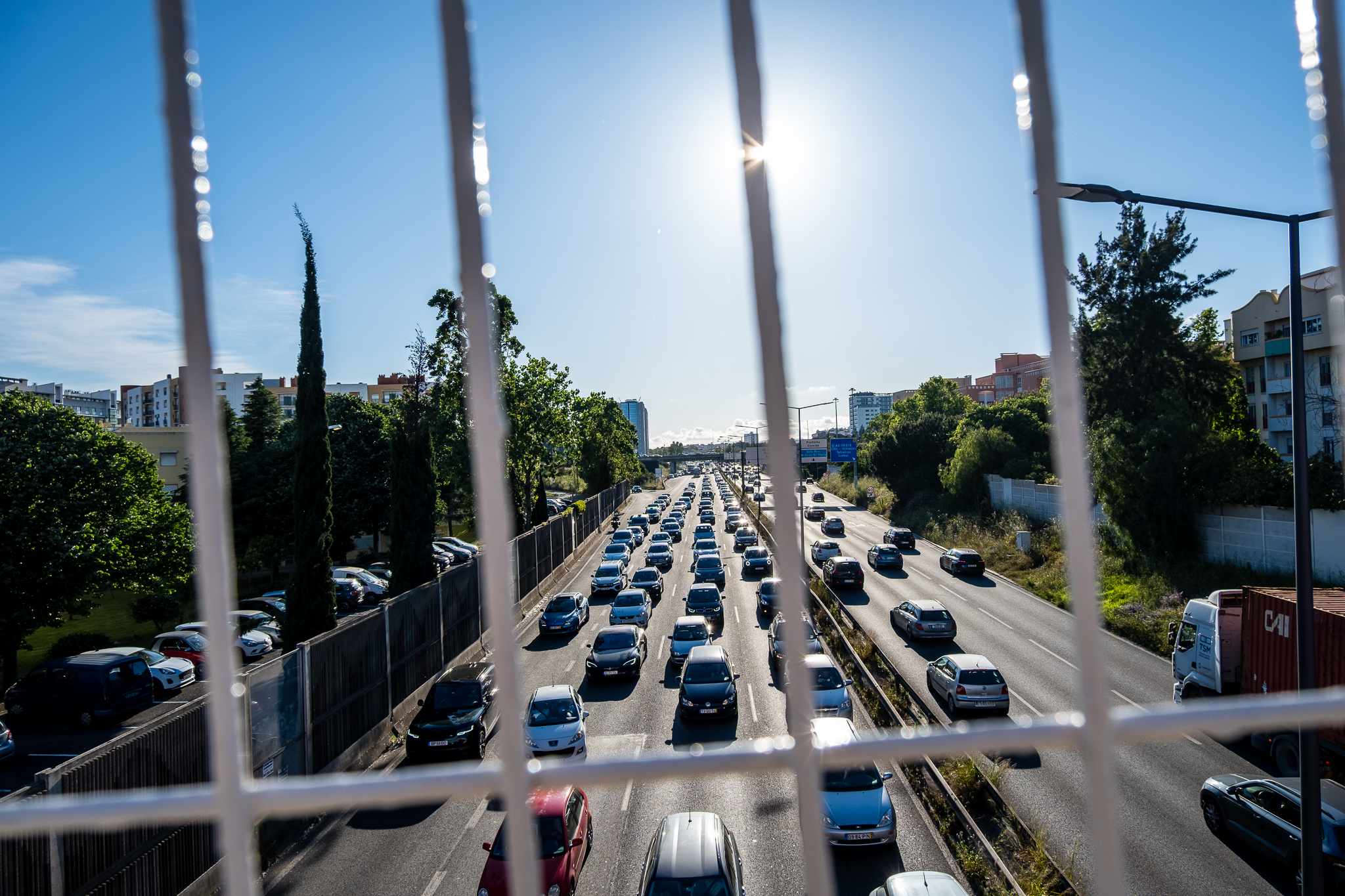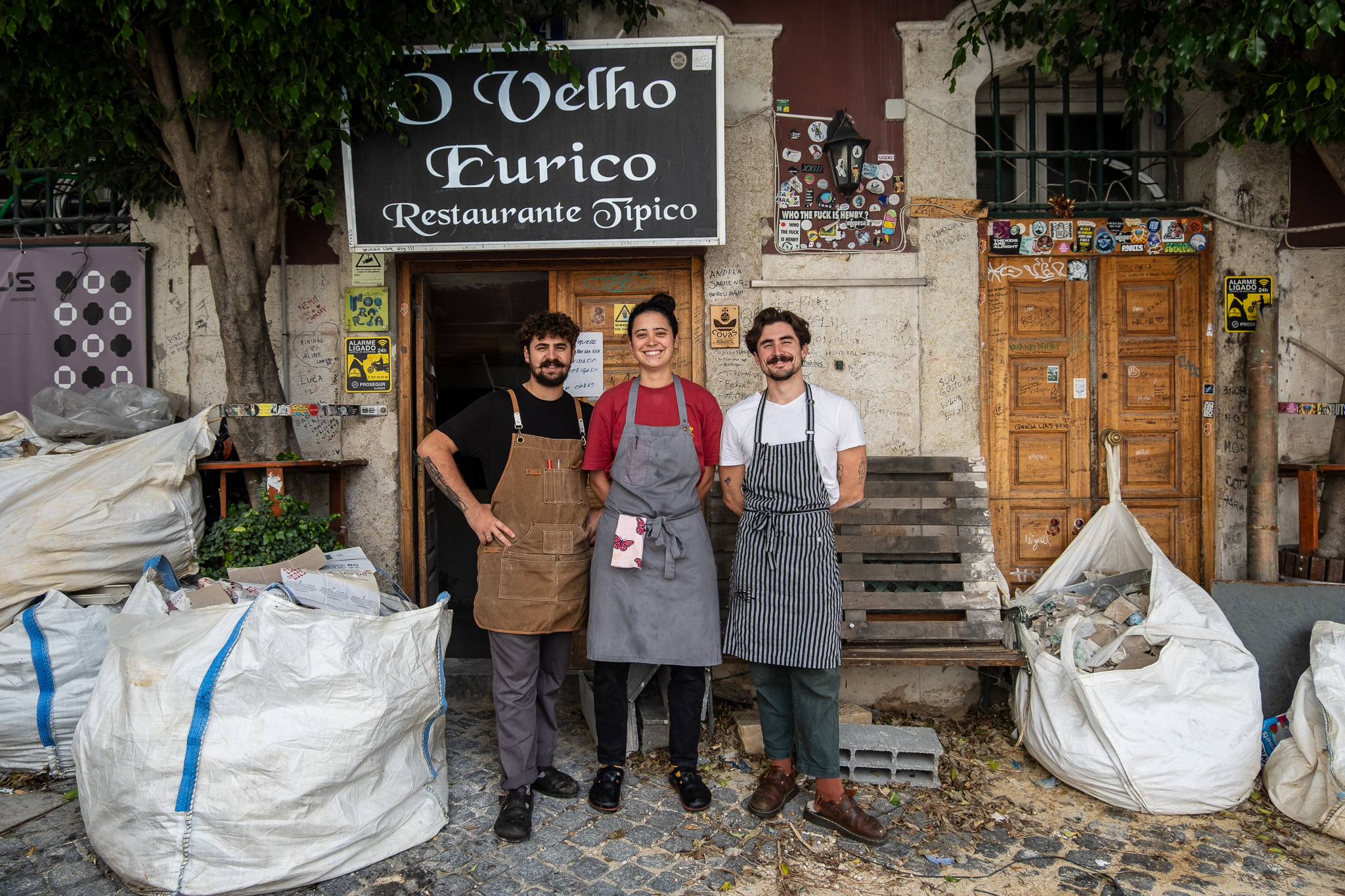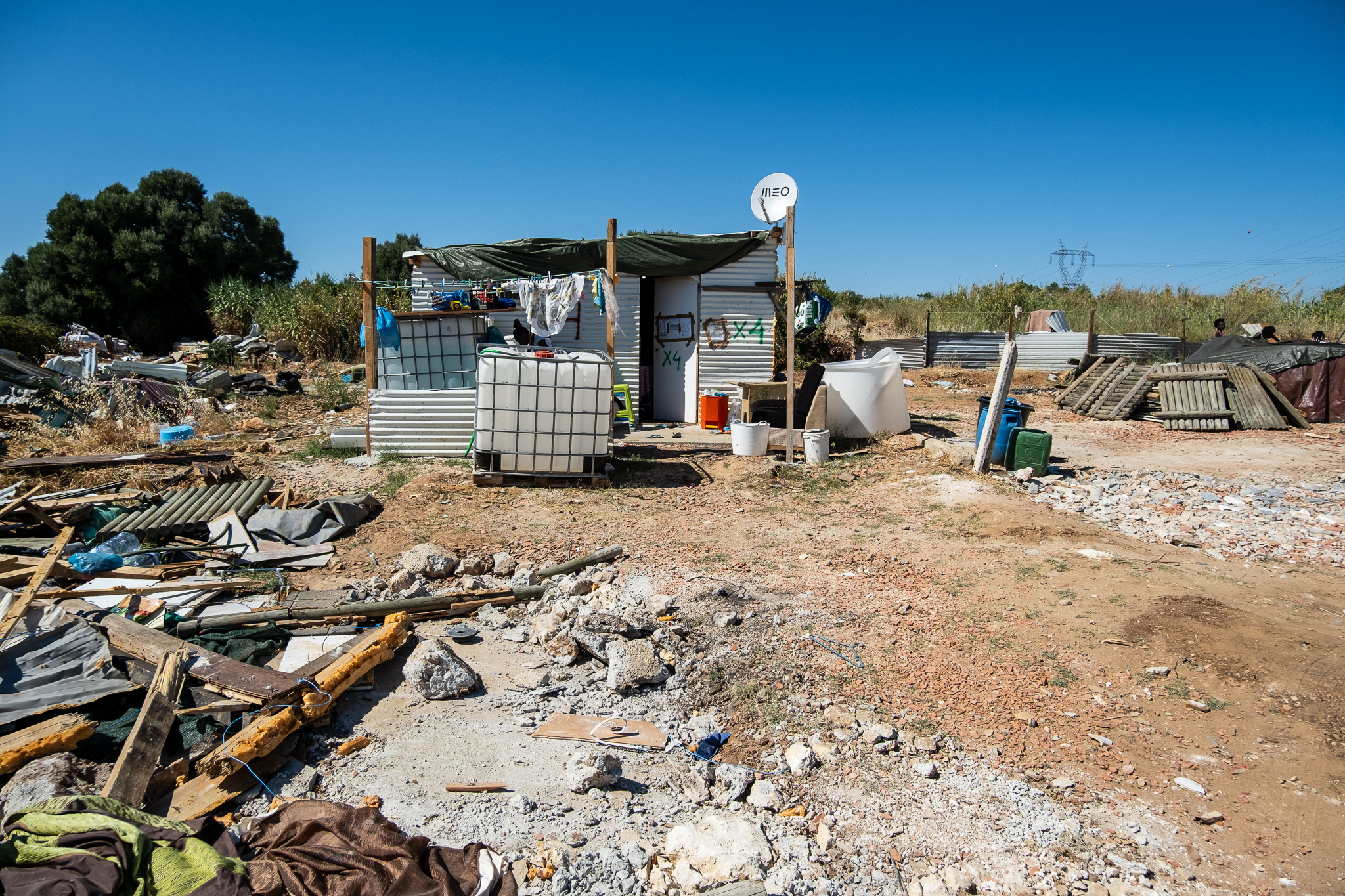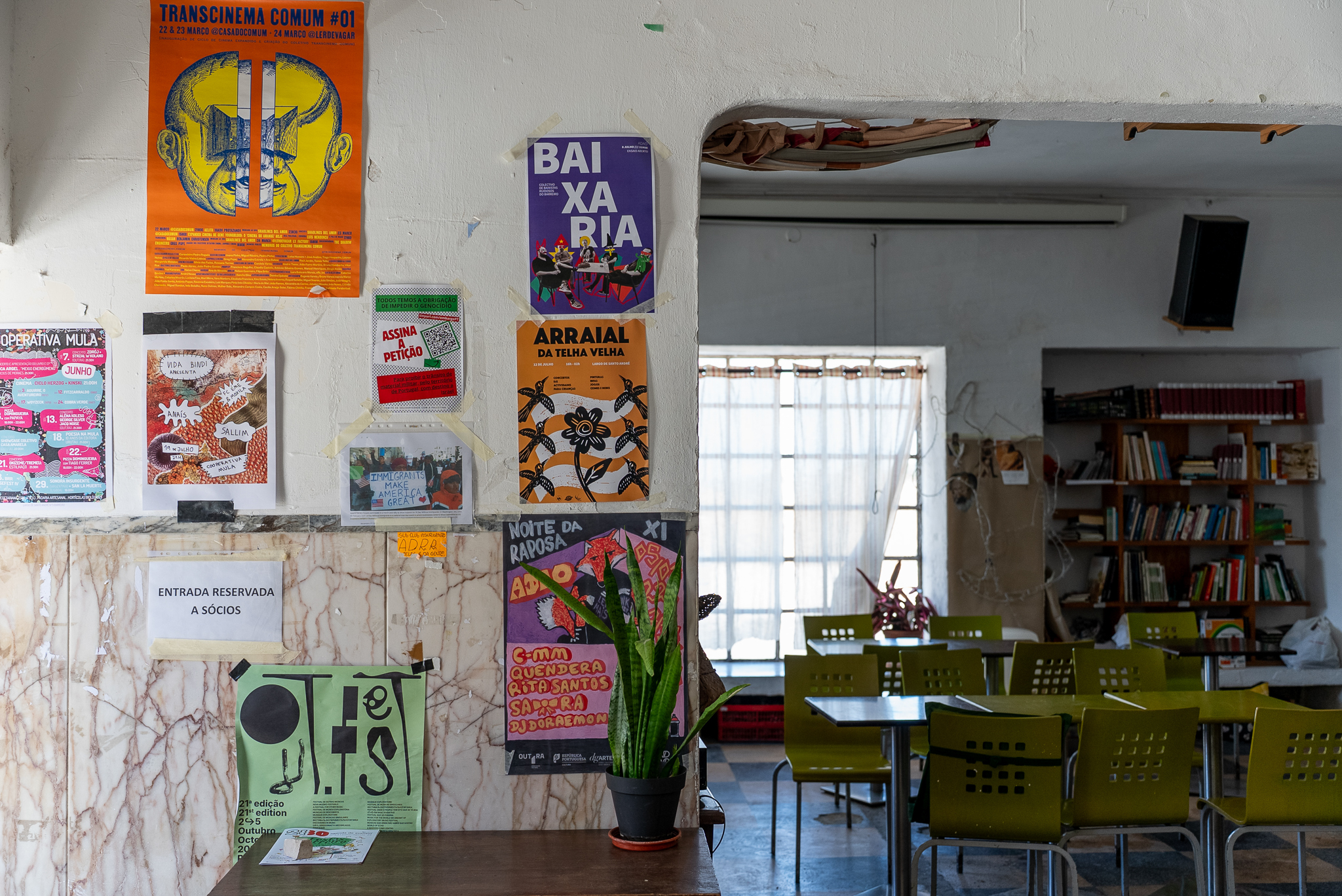The Future Design Of Streets é um livro escrito por urbanistas e arquitectos para quem não percebe nada do assunto. É um livro acessível, não técnico, que pretende inspirar quem planeia cidades, mas sobretudo quem vive a rua diariamente – ou seja, todos nós.

Desde 2020 que um grupo de académicos e de pessoas que fazem projectos de espaço público, como arquitectos e urbanistas, se tem dedicado a pensar o futuro desenho das cidades. Aquilo que começou como encontros online, em salas de Zoom, depressa passou para uma primeira grande conferência ao vivo e a cores no Porto, em Novembro do ano passado. No início do Verão de 2023, foi constituída uma associação para dar corpo e forma a esta plataforma global de debate e reflexão, que já reúne mais de 100 pessoas.

Agora, nasceu um livro. The Future Design Of Streets é uma tentativa de compilar as aprendizagens e boas práticas discutidas ao longo destes três anos. O trabalho foi liderado por Daniel Casas-Valle, urbanista no atelier Urban Dynamics e investigador na Faculdade de Arquitectura do Porto, contando também as assinaturas de Ivo Oliveira, arquitecto e investigador no Laboratório de Paisagens, Património e Território da Universidade do Minho, e de Catarina Breia Dias, arquitecta de Lisboa que tem vindo a trabalhar com Daniel e Ivo, dividindo-se entre a capital e a cidade invicta. “Tentámos escrever um livro que não é técnico mas que pode ser utilizado na comunicação entre técnicos, cidadãos, políticos, comerciantes… Fazemos uma ponte entre o académico e a prática, porque todos nós trabalhamos na prática”, explica Daniel. “Fazer este livro ajuda-nos a divulgar as nossas ideias sobre o desenho das ruas. É o resultado de anos de reflexão, de webniares e conferências. É uma forma de fazermos chegar este nosso conhecimento a mais pessoas, dentro e fora de Portugal.”
“É um livro para todos os que estão interessados na vida urbana, social, das nossas cidades, vilas e aldeias”, resume. Não é um livro técnico, como disse, mas um livro acessível onde se tentou evitar aquele vocabulário mais próprio do urbanismo. É um livro que precisa de um certo tempo para ser consumido e que, no fundo, serve de guia prática para se saber o que é melhor para cada rua, cada bairro. “Vemos conceitos fundamentais que estão a mudar, mas na práctica, muitas vezes, não estão estabilizados ainda. Haver um diálogo entre os vários elementos do planeamento urbano é importante, em todas as suas fases e em todos os projectos, desde o planeamento do PDM [Plano Director Municipal] a um projecto de execução numa rua. Este livro tenta oferecer ferramentas para ajudar no diálogo entre estes elementos.”

A vida nas ruas está no âmago da nossa sociedade. As ruas são as fundações da nossa vida quotidiana: constituem uma plataforma espacial na qual nos movemos e organizamos as mais diferentes atividades económicas e culturais. Enquanto elementos urbanos fundamentais, são a base do nosso dia a dia e é por isso que devemos cuidá-las: tendo em conta o presente e o futuro.
As ruas são, mais do que nunca, espaços sociais de encontro e mobilidade. Espaços de interação e de conflito. Espaços para atividades culturais e económicas. Espaços ecológicos para fauna e flora. Espaços humanos repletos de histórias individuais e colectivas. As ruas são espacial e socialmente construídas no tempo: camada após camada, através da adição e substituição de componentes, subsistemas, alterando-se nos seus usos e sentidos. Tendo em conta a formação e a evolução urbana, as ruas são espaços públicos centrais nas cidades e vilas.
Nas áreas urbanas, as ruas apresentam-se como espaços coletivos resilientes. As ruas adaptam-se graças à sua capacidade de integrar novos usos e tecnologias. As novas exigências sociais, tecnológicas e de sustentabilidade afetarão as ruas. É por isso que é tão desafiante pensar o modo como no futuro serão projetadas.
– introdução no livro The Future Design Of Streets

Na primeira parte de The Future Design Of Streets, Daniel, Ivo e Catarina começam por fazer uma apresentação de como as ruas eram pensadas “ontem” e dos desafios urbanos de “hoje”, terminando com perspectivas para “amanhã”. E ilustram esta evolução no pensamento e planeamento com uma sequência de montagens, de 1840 a 2040. No segundo capítulo do livro, os autores deixam 10 tópicos essenciais para o desenho das ruas: “Porosidade Urbana”, “Tipologias”, “Actividades”, “Rés do Chão”, “Plantas e Solos”, “Água e Ar”, “Caminhabilidade”, “Mobilidade e Acessibilidade”, “Abordagens Reversíveis” e “Prioridades de Desenho”. Estes tópicos são chave em qualquer projecto de espaço público; cada um deles é ilustrada com vários exemplos claros, permitindo a qualquer pessoa – mesmo que não tenha conhecimento técnico aprofundado sobre esta área e esteja a dar os primeiros passos – perceber que diferentes tipos de rua podem existir ou que diferentes funções sociais uma rua pode comportar.




“A rua é essencial na nossa vida, na vida de todos. O espaço público é onde podemos encontrar pessoas que não conhecemos, é o espaço mais democrático das cidades, vilas e aldeias; e as ruas são a maioria desse espaço público. Se as ruas estão bem, a cidade funciona. Não funciona só enquanto máquina económica, mas também a parte social”, explica Daniel. “A rua não é uma coisa simples. A complexidade das ruas reflecte a complexidade da vida, e essa complexidade é muito bonita porque atrai diversidade e pluralidade para o espaço público, esse espaço onde nos encontramos uns com os outros.”




The Future Design Of Streets é o livro que condense o trabalho de reflexão crítica promovido pela associação com o mesmo nome. Está disponível online por 25 euros, valor que serve também de donativo para o trabalho deste colectivo de arquitectos e urbanistas.
A apresentação do livro decorreu durante a Semana Europeia da Mobilidade – primeiro a norte, em Gaia, depois a sul, na Costa da Caparica, em Almada. Aqui, Daniel apareceu acompanhado de Rute Nieto Ferreira, arquitecta no atelier dinamarquês Gehl. E em conjunto promoveram um workshop para identificar pontos negativos e positivos nas ruas e ruelas do núcleo histórico da Costa, e propor soluções. Um grupo constituído por técnicos municipais da Câmara de Almada e da WeMob, a empresa municipal de mobilidade de Almada, e por cidadãos interessados nas questões de espaço público percorreu a envolvente do mercado da Costa e da Rua dos Pescadores; no final, dividiu-se em dois grupos, que, em torno de duas mesas, desenharam ideias e discutiram duas propostas. Um dos grupos sugeriu uma espécie de “superquarteirão” formado por ruas pedonalizadas ou de coexistência, e com um esquema de circulação que empurrava todo o tráfego de atravessamento para as avenidas principais. O outro grupo apresentou uma solução semelhante no que toca à restrição ao automóvel e à pedonalização do bairro, mas com um esquema de três circuitos de circulação rodoviária.






















No geral, falou-se de privilegiar a circulação a pé, de ter menos carros a circular, de criar uma relação entre o mercado e o bairro, de pensar as ruas com pisos partilhados de carácter pedonal (com vias de 3,50 metros para emergência), de ter canteiros e árvores que dêem sombra e frescura, de redefinir o estacionamento de rua de curta duração…. Com a sua experiência de terreno, os técnicos da Câmara de Almada e da WeMob, bem como os populares presentes, ajudaram Daniel e Rute nas especificidades locais daquele território; e Daniel e Rute contribuíram com o seu conhecimento de especialidade de referência.
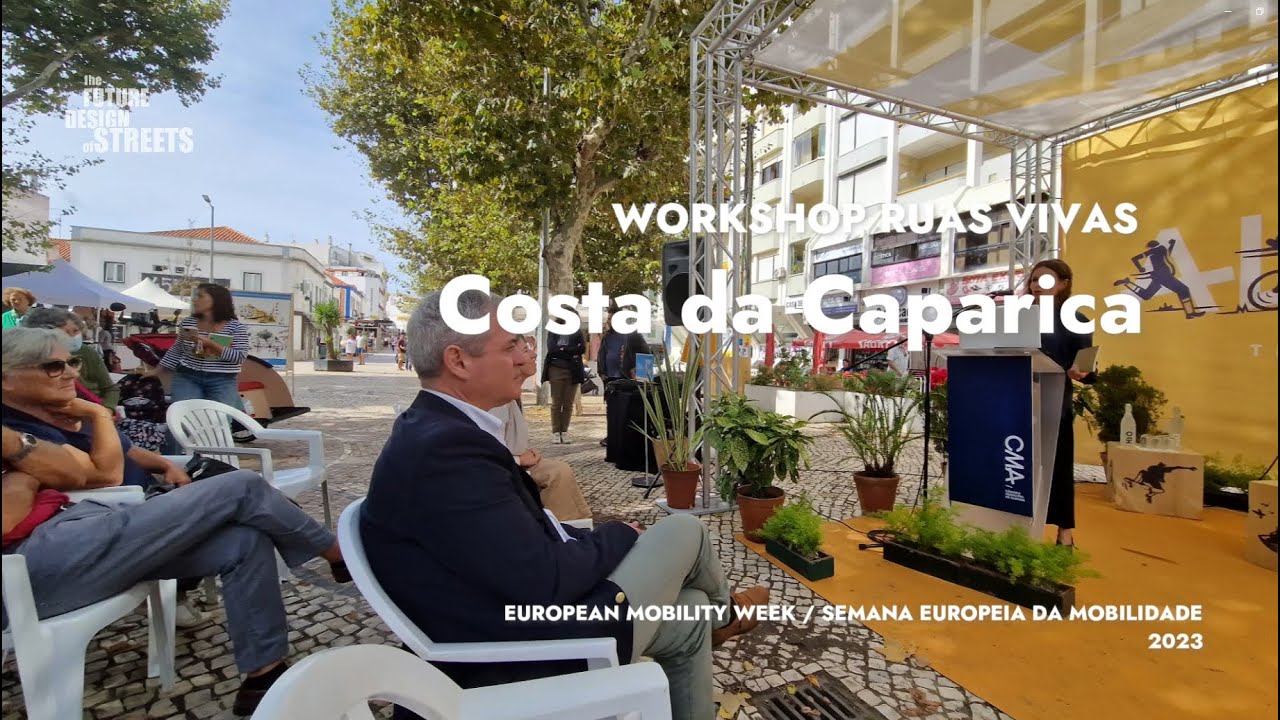
Workshops como este permitem a técnicos municipais inspirarem-se e ao mesmo tempo terem momentos de convívio, discussão e de sonho, e também à população conhecer novas referências e imaginarem coisas diferentes para as suas zonas. “Precisamos de desenvolver espaços e ambientes cuja qualidade e atractividade contribuam para que a nossa relação com as ruas deixas de ser dominada pelos carros, mas pela vivência e diversidade”, disse Stefan Signer, arquitecto alemão que inspira com esta sua frase o livro The Future Design Of Streets. Quem estiver interessado pode comprá-lo aqui.


